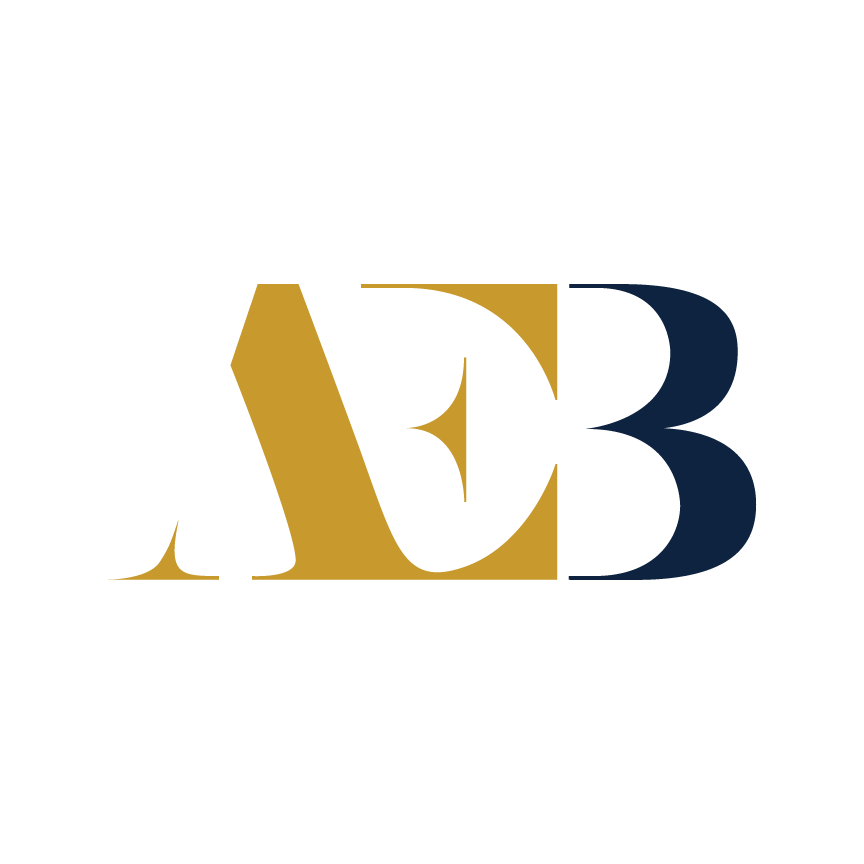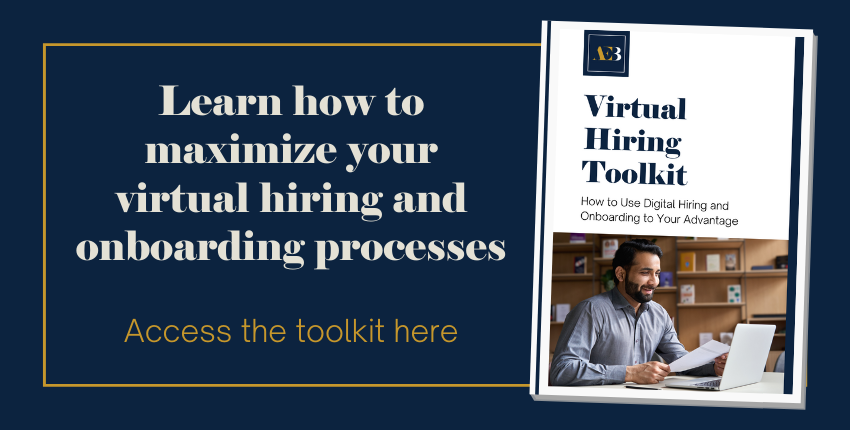In many situations, how you start sets the tone for how things will progress and where expectations are. When it comes to hiring efforts, and more specifically retention, an employee’s onboarding process is crucial to their success and their future with your organization.
Onboarding is a window into your company’s values and beliefs. Your actions during the process help set the company’s expectations for new hires and help new hires navigate their new role and place within your organization. Simply put, how your employees begin their tenure with your company will set the stage for the duration of their employment. Your onboarding process needs to turn a new hire into a fully integrated, productive team member. The best programs take considerable thought and planning — and organizations are waking up to this reality, which means many more organizations are taking the onboarding process much more seriously.
Successfully onboarding employees impacts the speed at which new employees become proficient in their roles, the level of employee turnover and retention rates, how your company culture is communicated, and even how existing employees adapt to changing work dynamics.
With so much depending on this early stage of an employee’s tenure with your company, it’s important to understand the fundamentals that make an employee onboarding process successful.
What an Onboarding Process Is (and Isn’t)
Before we detail all of the finer points of a successful onboarding process, we need to clarify a couple of things. Employee onboarding is not synonymous with employee orientation.
Orientations are important. They are necessary for completing paperwork and other routine, clerical tasks related to the hiring process. For example, an employee orientation may involve completing W-2 and benefits forms, payroll designations, and verifying that the employee handbook has been received and read. These are all successful in getting an employee established, but none of it supports long-term success. Employee orientations are a subset of the onboarding process.
Onboarding, on the other hand, is a comprehensive process of integrating new hires into your organization to ensure they become productive and influential employees.
An organized and highly engaging onboarding process will involve departments beyond Human Resources, often managers and other employees who are critical to a new hire’s role and their future. And most importantly, a well-thought-out onboarding process should be a continuation of the opportunities portrayed through the recruitment and hiring process and communicated via your employee value proposition. At this point in a new hire’s transition, your goal is to ensure your candidates don’t regret their decision to join your company, but rather, feel like they will be an integral part of the organization.
Both orientation and onboarding are essential parts of the process, as they make up a new hire’s first impression of a new workplace. Today job candidates are vetting organizations with tighter restrictions, their expectations are the basis of their decision to form a mutually beneficial working relationship with your organization — a key aspect of retaining top talent.
Fundamentals of a Successful Employee Onboarding Process
There is a great deal of flexibility in terms of how to structure your onboarding process as it should be unique to your organization, your industry, and the expectations of job candidates. This means the length of time it will span and even who is included might fall within a wide range. However, three critical components are essential to successfully onboard your employees: preparation, connection, and direction.
Preparation
Successful employee onboarding processes are intentionally thought out, clearly documented, and start well before your new hire begins their first day of work.
-
Know what is needed. Consider what your new employee will need to perform their role from technology to software access, office furniture to team member support. Have a structured checklist of what will need to be accomplished, secured, or set up before their first day.
-
Formalize your plan. Successful onboarding happens in organizations that have documented their process. This ensures the process is consistently repeated and that any variations are made with intention and thought.
-
Update your entire team. Even though a new employee’s first week will likely be filled with plenty of training sessions, business meetings, and meet-n-greets — make sure everyone knows who is joining them, what their title is, and what their responsibilities will be. This helps ensure your new employee can find their place within your organization’s culture and what their responsibilities might be as they become more comfortable.
Connection
Organizations that focus on assisting their new employees with building and maintaining connections, will have successful onboarding processes.
-
Be intentional about creating opportunities to foster beneficial working relationships and to help new team members feel part of the organization. This may mean allowing for a bit of flexibility to personalize the experience for each individual.
-
Begin communicating regularly. Once the offer has been accepted, begin sharing information and notices that will help them begin to feel included and smoothly transition into the processes and operations of their new organization.
-
Personalize the experience. Find out their personal preferences (how they like their coffee, favorite lunch spots, etc) to make them feel welcome and valued.
-
Get everyone involved. While a manager, mentor, and/or team lead will be most involved in the process, make sure everyone from your team or department (or company if you are still small enough) has the opportunity to connect with your new hire.
-
Encourage feedback. Once your new employee has started, be intentional about seeking input at regular intervals to review thoughts, processes, feedback, and perspectives. Not only will this encourage ongoing healthy dialog, but it will also help you to build a positive workplace and shape future onboarding efforts.
Direction
Remember your onboarding process is intended to help new employees transition from external candidates to influential employees for your organization. Providing direction and a framework for how your organization is structured will help them learn about your organization and how they fit within it.
-
Share the full story. Include senior management in this process to share your company history and structure. Detail where things have gone wrong, as well as your biggest accomplishments. Your level of transparency is a critical step in building trust between the organization and your new employee and educating them on important business practices.
-
Share and explain your company mission, vision, and values. These statements are fundamental to your organizational goals and strategic plans, so they should be an integral part of onboarding new team members as well.
- Provide a plan for the future. Not only do you need to ensure your new employees know where they fit within the organization, but also what their future could consist of. This is crucial to employee development, which consists of ongoing learning and training to improve skills and knowledge and more importantly, an investment in employees for long-term success. Providing a guideline for career progression and development will help employees see the bigger view of what their future together could accomplish.
Ready to dive a little deeper? Learn how your onboarding process fits into your larger Employee Engagement Strategies.
Tips for Developing a Successful Onboarding Process
Here are a few more best practice tips to ensure the success of your onboarding process.
-
Take your time. While you will have a structured format with specific steps to accomplish, remember that each employee will learn at their own pace. Onboarding also isn’t meant to be completed in a week. This is meant to span the first 6-12 months with your organization. Don’t rush the process.
- Pre-onboard where you can. Establish a set of steps and tasks for new employees to complete before their first workday to help facilitate a smoother transition. These tasks could encompass activities such as completing tax forms, reviewing and signing employee handbooks, and creating employee profiles. This approach aims to alleviate some of the pressure on new hires during their first day on the job.
- Create schedules. Creating a schedule and checklist for new hires gives them the chance to see how their day will go, and where they might have questions in the process as well as initial goals they’d like to meet. It takes away from the flurry of the first days and keeps people on track if they find downtime.
-
Keep it fun and engaging. Vary the format of training sessions or change the locations of meetings when possible. The entire onboarding process is meant to build excitement, not be a never-ending lecture.
-
Share your way of communicating and thinking. Don’t gloss over industry jargon or company culture. The idea is to bring your new employee into your world. As your new team members, make sure they get to know the rules of engagement and your approach.
- Plan for 30-60-90 day check-ins. Onboarding goes beyond the initial setup of a new hire; it involves regularly checking in to ensure the individual is on the right track, making progress, and remaining engaged. Regular check-ins offer the advantage of addressing any issues early on, as it is more challenging to rectify issues when a new hire has not received sufficient training.
- Refine the process. Reflecting on the onboarding process is crucial to gather feedback and gain a deeper insight into its effectiveness. Assessing employee satisfaction with the onboarding experience and determining if they received adequate information and guidance to integrate into the company culture is essential. With constructive feedback, the employee onboarding process can be enhanced and refined over time.
While the onboarding process is going to look a little different for each organization, there are similarities among the most successful ones. Employee onboarding processes that successfully transition new hires into productive employees are intentional and planned out, proactively helping new employees find their place in the organization, and providing a view of what their future could hold.
Whether your employees are in-person, entirely remote, or a combination, access our Virtual Hiring Guide for specific tips on the pre-boarding and onboarding process.


.png)





